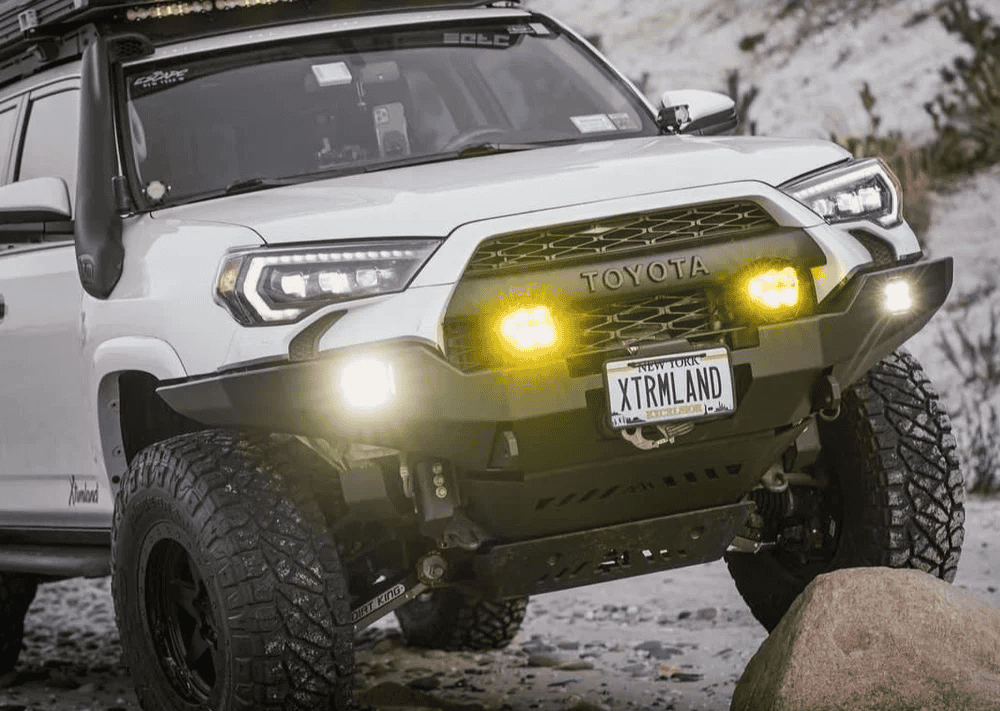Overland Vehicles

Building a custom storage cabinet begins with intent. Define what must live inside the cabinet, how often you will access each item, and what order makes daily use seamless. Separate heavy gear from light items, place often used pieces at comfortable reach, and allow for growth so the layout does not feel cramped in six months.
Precise measurement sets the tone. Map wall plumb, floor level, and ceiling crown with a long straightedge and a reliable square. In vehicles or uneven rooms, reference a stable datum line and build to that. Cardboard or foam board templates reveal clearance issues early, especially around doors, wheel wells, window frames, or HVAC runs.
Think through airflow and power. Vent gaps for compressors, inverters, or chargers prevent heat build up. Plan wire chases and access panels so future service does not require disassembly. If water tanks or sinks live nearby, protect panels with sealant and allow inspection points.
A careful mockup saves time. Use blue tape to sketch outlines on floors and walls, then place boxes or crates where drawers and shelves will live. Check knee clearances, swing arcs, and slide travel. In tight quarters, a half inch can be the difference between frustration and a smooth daily routine.
Function comes from hardware choices. Soft close slides keep noise down and protect joinery. Hinges with integrated stops prevent doors from striking nearby panels. In mobile environments, add positive latches or compression toggles so drawers remain closed on rough roads.
Finishes should match use. In a kitchen space, wipeable coatings like conversion varnish or high build waterborne finish resist stains. In a garage or cargo zone, textured coatings add abrasion resistance. Seal every edge grain and fastener hole to block moisture wicking.
For the box itself, think in structures rather than decoration. Dadoes and rabbets create mechanical strength. Face frames add stiffness and can hide small racking over time. Back panels, even thin ones, act like a shear wall and keep the cabinet square through years of use.
Access drives satisfaction. Deep drawers with full extension slides outperform fixed shelves for tools, cookware, and gear. Flip up doors with stays can make use of tight spaces near ceilings. Where depth is short, bins on pull out trays provide quick access without rummaging.
Fitting a cabinet to an uneven surface is a craft. Scribe to walls and floors using a compass, then trim in small passes. In vehicles or trailers, spread loads across structural members rather than relying on thin sheet metal. Where possible, use through bolts with backing plates and lock nuts to resist vibration.
Weight management matters. Keep heavy items low and near the centerline to avoid a top heavy feel. Choose materials with an eye to strength per pound. Baltic birch plywood balances stiffness and weight, while high quality composite panels may cut pounds where every pound counts.
Finally, silence is a feature. Add felt bumpers, foam isolation pads at mounting points, and thread locker on fasteners. A quiet cabinet feels solid and signals quality every time it closes with a gentle click.
Treat weight like a budget. Plan the cabinet, contents, and hardware together, then verify fastener pull out strength at each anchor point. In motion, dynamic loads can multiply, so build a margin into every connection.
Whether your cabinet will live in a workshop, kitchen, or a rolling adventure platform, the same principles apply. Measure honestly, design for real use, and build for the environment the cabinet will face. This yields a system that remains square, smooth, and dependable year after year.
If your project will ride on rough terrain, explore how complete vehicle systems influence storage design with our Overland rigs. To see how integrated layouts keep gear secure while maximizing usable space, review our Custom overland upfit. For an overview of our values, build process, and client experience, visit Why choose OZK Customs.
A well executed custom storage cabinet build is as much engineering as it is carpentry. At OZK Customs, we design, fabricate, and install storage systems that match the way you travel and work. From rigid mounting into factory structure to vibration resistant latching and finishes tuned for hard use, our team delivers cabinets that look clean and perform under pressure.
Tell us how you use your space and what you need within reach. We will translate that into a precise plan, in house fabrication, and a clean install that fits your rig or workspace the first time. When you are ready, our shop in Fayetteville Arkansas is set up for careful handoff, a full walkthrough, and an easy sendoff.
Form below brings your project into our queue. Share dimensions, gear lists, and any constraints. We will respond with options, timelines, and clear next steps so you can move from ideas to a finished cabinet that simply works.
More From OZK Customs:
Ready to turn measurements into a flawless cabinet that fits your rig or workspace? Share your goals and let OZK Customs engineer, fabricate, and install a cabinet system built to last. Request your quote and lock your build slot today.
ADDRESS:
6159 E Huntsville Rd, Fayetteville, AR 72701
PHONE:
(479) 326-9200
EMAIL:
info@ozkvans.com